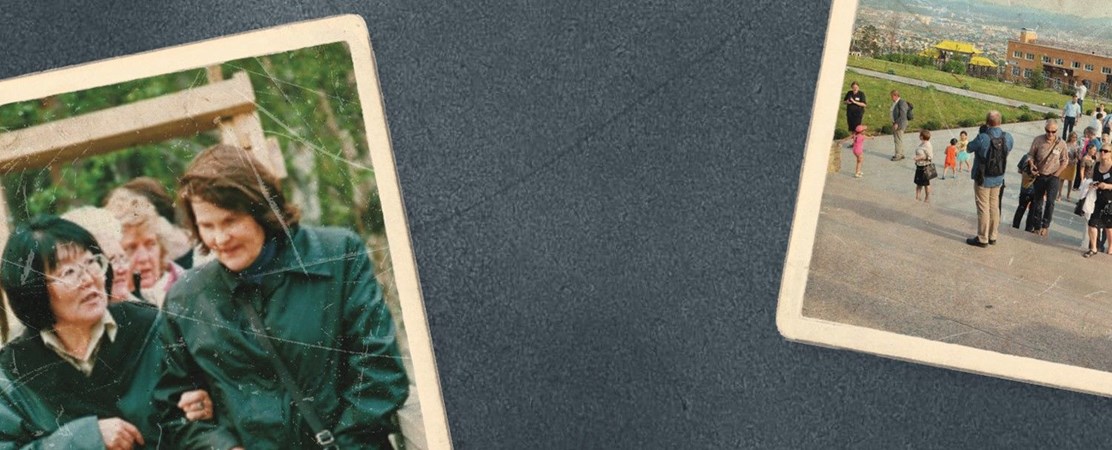Growth of Russian Institutions’ Engagement in UArctic

By Claudia Fedorova, Head, Department of English and Regional Studies, North-Eastern Federal University
In 1987 President Mikhail Gorbachev addressed the world with the Murmansk Initiative, emphasizing the special role of the Arctic region for the benefit of the entire international community. This inaugurated a period of cooperation in the Arctic, exemplified through the Northern Forum (an international NGO established in 1991) and the Barents Euro-Arctic Council (created in 1993).
During the same period, the idea developed to bring together the universities and research institutions in the North in a single body; a “university without walls”, a “University of the Arctic”. A key figure was Outi Snellman, the Director of International Relations at the University of Lapland, who knew the universities and research institutes not only in Northern Europe and northern America but also in Northwest Russia. She involved a Russian institution from the start, the Kola Science Center of the Russian Academy of Sciences. Soon afterwards, during a Circumpolar Universities Association (CUA) meeting in Aberdeen in 1998, Snellman suggested that the Sakha (Yakutsk) State University (now North-Eastern Federal University) should enter the Interim Council of the fledgling UArctic. In 2001, UArctic was declared established, the Circumpolar Studies (BCS) program was born, the north2north student mobility program developed.
The first student to receive a scholarship from the Scandinavian Seminar Group for the north2north program was a Sakha State University student, Ekaterina Evseeva. She used her scholarship to study indigenous education and culture at the University of Alaska Fairbanks. After returning to Yakutsk, Ekaterina was elected to the Board of UArctic to represent the students in the Arctic.
In 2003, at the initiative of Erling Olsen (Denmark) and Rune Rydén (Sweden), a grant was awarded by the Ministry of Foreign Affairs of Denmark together with the Scandinavian Seminar Group to expand the participation of Russian universities in UArctic. As a result, more and more Russian students took BCS courses online. Circumpolar Studies courses were also integrated into the curriculum of several Russian universities. Gradually other UArctic programs formed with Russian participation, including Thematic Networks, GoNorth, and UArctic Institutes. In addition to Sakha State University, which was already one of the first members, more Russian universities and institutions entered the network from all over the country.
Approximately fifty Russian universities, institutes, academies and colleges are UArctic members today, with a common potential in the fields of education and science and a very active role in the network. They host some of the offices and positions of UArctic; for example, the UArctic Research Office is hosted by the Northern (Arctic) Federal University and the Russian Information Services by the North-Eastern Federal University, and the Vice-Chair of the Council of UArctic is from Buryat State University. The priority areas of the Russian member institutions are reflected in many of the Thematic Networks, four of which are also led by Russian institutions: World Images of Indigenous Peoples of the North; Language Documentation and Language Technologies for the Circumpolar Region; Local and Regional Development in the North; and Environmental Training and Education for Sustainable Development of the Arctic (NETESDA).
In Russia, as throughout the Arctic, we know: united we are strong, and we shall make our North a warm and safe home.
